Top 5 Ways to Change Recipes to Make Your Own
When I first started out cooking, I'd come across a recipe where there would be an ingredient or two that I didn't have or didn't recognize at all and I'd think I can't make that. But cooking is a lot more forgiving than it might seem at first! I don't go into most cooking projects with a recipe. If you've ever seen people just tossing ingredients seemingly willy-nilly, seemingly summoning the cooking gods? When you reach a certain level, you are relying more on your senses. You know what something's supposed to look like- the texture, the taste, the smell- than you're reading off of a script. There are a lot of things that you can change about recipes without affecting the final outcome.
Personally, I don't tend to read instructions. I frequently peruse recipes looking for ideas. But, unless I've never made a dish before, I usually just read the ingredients list and wing it from there. This is because, once you get the basic principles of cooking down, you can get the gist of what you're supposed to do without actually reading through the recipe itself. When I say this to people who don't cook quite as much, the idea of not reading the recipe can be pretty daunting!
When I first started out cooking, it's certainly something that I would have scoffed at, while painstakingly trying to precisely decipher the instructions. Whenever something didn't work out, I'd then blame it on user error. While this might be true! It's not always the case that you just didn't read the instructions well enough. There are simple ways to change recipes, though, to fit your own personal culinary needs.
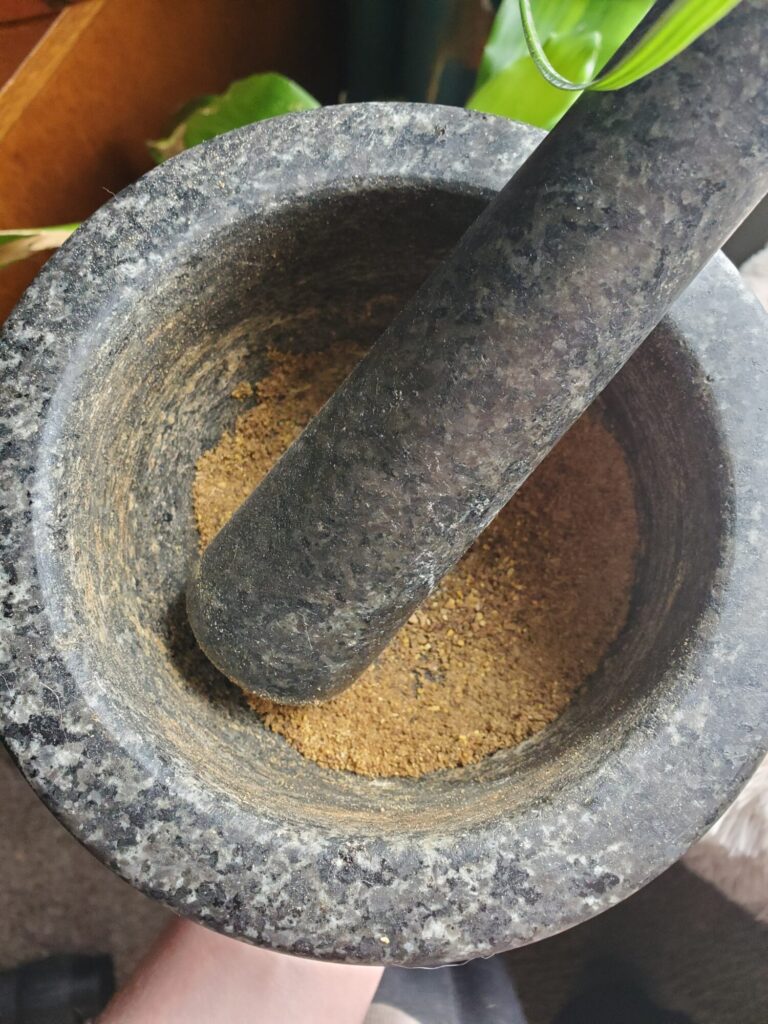
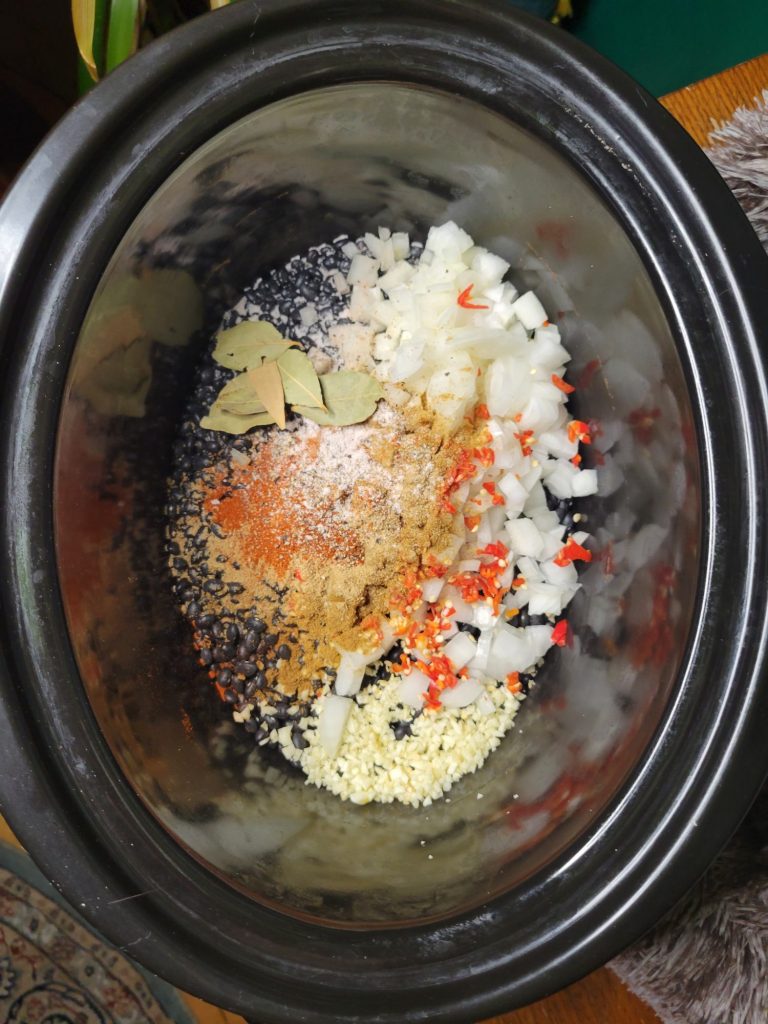
1. Change the Herbs & Spices
The simplest way to make a recipe your own is to swap out the herbs, spice, and other seasonings. I have go-to spice blends. I like a combination of cumin, coriander, smoked paprika, nutmeg, and mustard. Along with the typical extra dash of salt and pepper. I have a whole portion of my very small kitchen dedicated to spices. You can't fit two people in my kitchen and turn around without hitting the refrigerator. But I still have two whole shelves dedicated to spices that I almost never use because I almost exclusively use the same five spices in everything from Latin American to Greek to Thai cuisine. I use the same five spices in combination to make enchiladas as I do falafel and curry.
This is my personal culinary preference, though! If those aren't your cup of tea? The simplest thing to do is to substitute your own favorite spices. Personally, a lot of the reason that I cook is because is because I have a wide variety of food allergies. You'll never see me cooking with basil because I'm allergic to it. But, if your favorite flavor combinations are basil, marjoram, oregano, rosemary, and thyme? Leave out any spices that you're not partial to and substitute your own. The curry that you're making doesn't know that you put an Italian spice mix blend into it.
Use the herbs and spices that you enjoy and omit the ones that you don't. It might take a little trial and error to figure out which flavor combinations work well with your particular pallet. But don't let anyone tell you that you have to enjoy coriander. It's the seed for cilantro. Plenty of people absolutely have no taste for it. And that's fine.
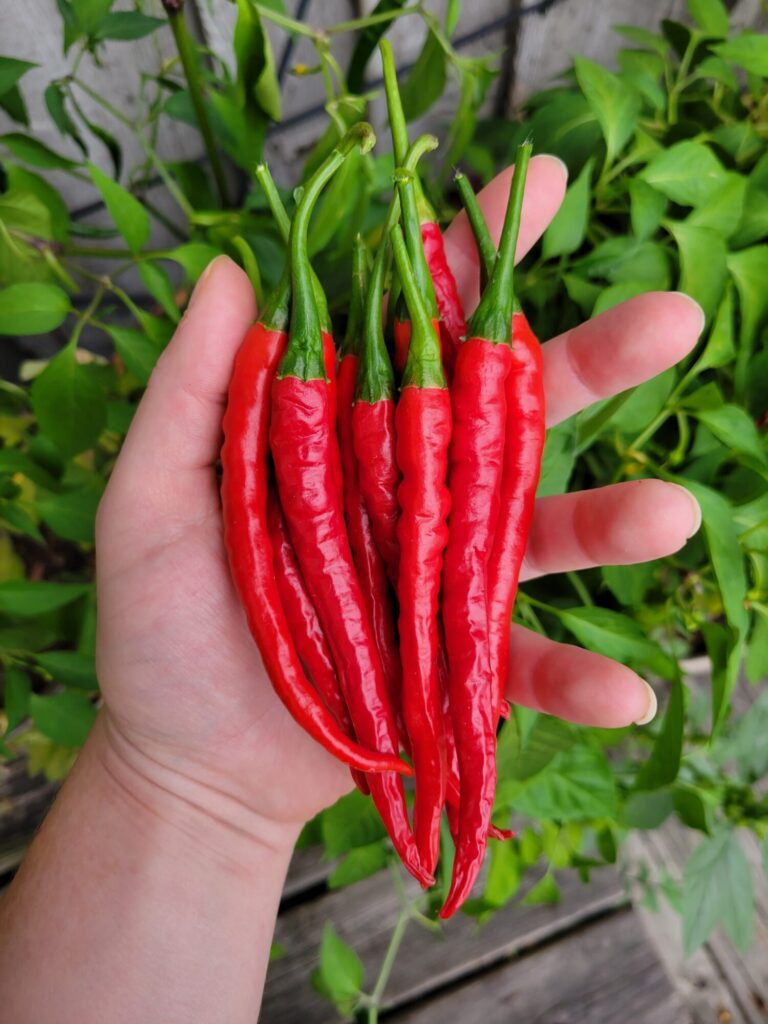

2. Mix & Match the Seasonings
I'm going to specifically differentiate dried herbs and spices from from things that I'm going to call "seasonings," for lack of a better word. Things like garlic, ginger, and turmeric I tend to buy fresh and mince, instead of using the ground versions. You can use the ground and fresh variations interchangeably in most situations in order to change the flavor of recipes.
I mince ginger for cookies just as much as I do for curry. So, there is certainly some overlap in this department. But I tend to use the fresh versions because they tend to be readily available where I am and are both a better flavor and price point. You're going to need a lot less fresh fresh ginger than you are ground because the drying process hasn't diminished the flavor profile yet. A broken off chunk of ginger is also going to cost around 22¢, rather than $8.99 for the ground spice jar of it. You're going to get a lot better price for taking the time to mince or zest fresh ginger.
These types of seasonings are incredibly simple to swap out. Don't like garlic? Use ginger. Don't like ginger? Use turmeric. Don't like turmeric? Use fresh basil. The world is your oyster. Figure out how you want it to taste.
This same concept applies to things like vinegar. I use a lot of vinegar. I enjoy the acidity and slightly sour flavor. I'm constantly swapping between different types of vinegar, though. From apple cider vinegar to rice vinegar and prosecco vinegar. Swapping out the type of vinegar for the dish is incredibly simple if you're going for a more personalized flavor profile. As is things like different types of oil, from olive oil to sesame oil and avocado oil. Or soy sauce to tamari. Even tahini to peanut butter. These types of seasonings make for simple additions or substitutions to fit your own personal flavor profile.
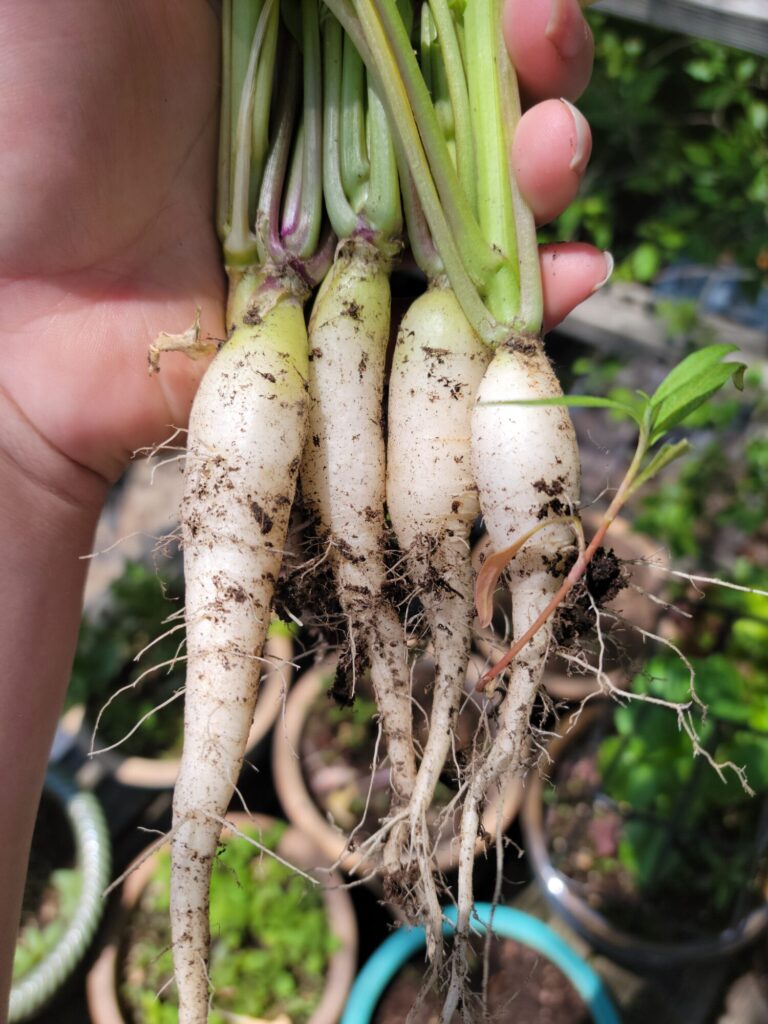
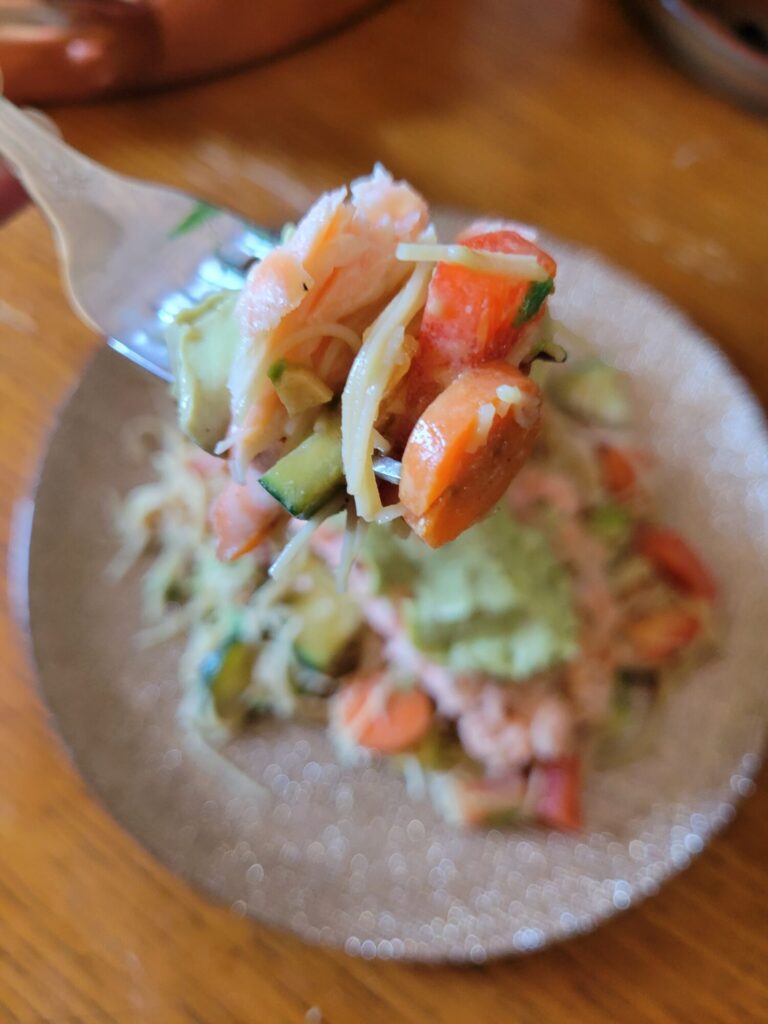
3. Substitute Fruits & Vegetables
Another simple way to change recipes to fit your needs is with the produce. We tend to call everything except for berries a "vegetable" in the United States. Although I make a not of saying "fruits and vegetables" a lot of the time because this isn't actually accurate. Whereas apples and strawberries are in fact fruit? So are the seed-bearing products of any flowering plants that produce a fruit, like tomatoes, peppers, squash, eggplant, olives, beans, and avocados. I might get some odd looks if I say to add in the fruit beans. But fruits, vegetables, and generally speaking "produce" are all easily interchangeable.
I also have an entire article on Top 10 Produce Substitutions, if you're looking for more specific ideas on what makes for good swaps in certain recipes. I go into everything from types of onions, fennel, leeks, and other greens to tomatoes/peppers, crisp vegetables like carrots and kohlrabi, summer squash, winter gourds, carrots and potatoes, leafy greens, herbs, and fruit substitutions.
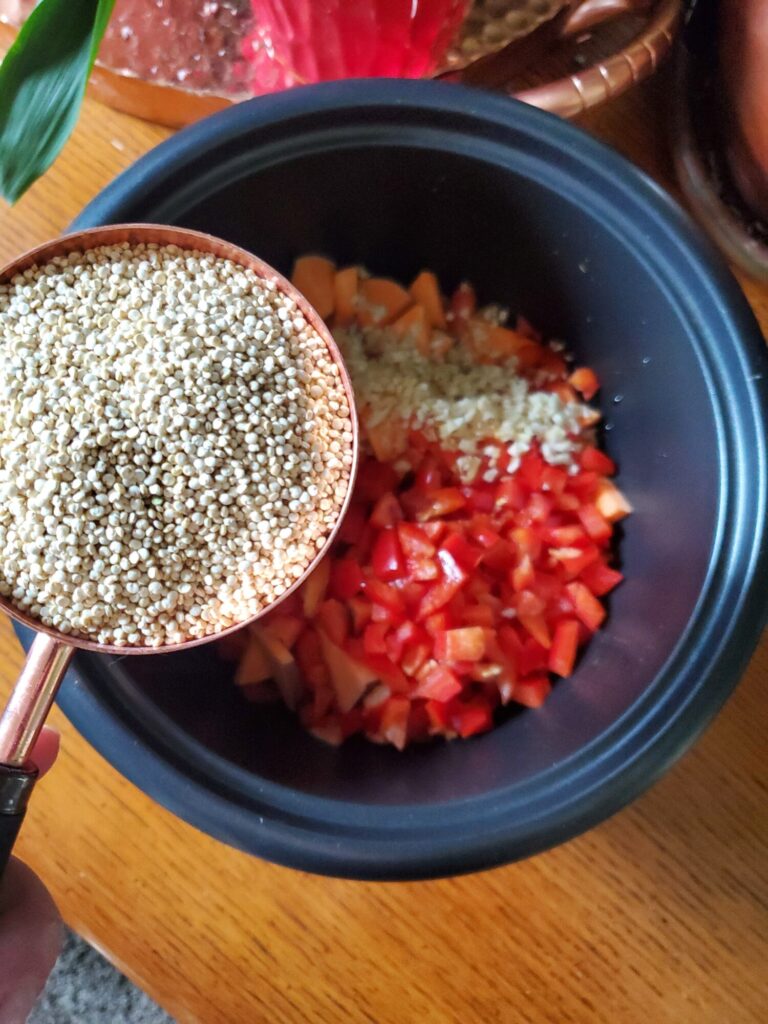

4. Replace Grains & Legumes
I have a tendency to swap out grains and legumes without much explanation to change recipes. I'll use the same recipe for quinoa that I do lentils.
This works for beans. White beans, pinto beans, black beans, chickpeas, and everything in between I routinely swap out for one another.
This works for grains in things like pasta as well. I'm using "pasta" fairly loosely here because it encompasses a wide variety of noodles made from entirely different things from typically different parts of the world. That having been said, I do like to mix this up a little bit. I'll use vermicelli when it calls for soba or semolina noodles. I'll swap out shells for macaroni. Farfalle, instead of rigatoni. Rice noodles instead of buckwheat. If you can find it in your part of the globe and enjoy the flavor profile? There are no rules on what you can and can't use. Just adjust cooking times to accommodate.


5. Swap Meat, Seafood, & Other Proteins
I don't tend to consume a lot of meat in my everyday life. Although I'd be remised to say that it isn't a typical change to recipes that you're going to find out there. There are plenty of guides to swapping red meat for poultry. Chicken to tofu. A lot of these articles are going to be very specifically trying to sell you something. They're an advertisement for shrimp or tempeh or frozen black bean burgers. I'm specifically not that kind of food blog. I routinely give the caveat that this article is NOT sponsored and that I generate absolutely no income from recommendations. Not that there aren't monetary opportunities out there for food blogs and more power to those who make a living off of their content. But there is a certain amount of wariness that you have to go into with those types of culinary content.
That having been said, substituting meat, seafood, and other "proteins" is a relatively simple option. As long as you know how to cook what you're swapping in, the recipe can continue pretty easily as planned. If you don't want to use beef? Cooking up chicken or frying tofu is simple hack. Just ignore all of the instructions for beef and cook the chicken or tofu to its own specifications. Then, insert it into the recipe. This might be slightly more complicated than frying tofu just like you would sauté flank steak. But it is still possible with relative ease.
This works particularly well with seafood, where the type of fish or crustacean matters a lot less than just cooking it properly. You can bread cod as easily as you do catfish. Just adjust the cooking time to the size of the fillet. Which you would have to do anyway, regardless of which fish you're using. If you're unfamiliar, just look up the temperature guidelines and other indications of doneness for the type of fish that you have. I routinely interchangeably use shrimp, salmon, and lobster. Which have very little in common cooking-wise! But work incredibly well as substitutes in a multitude of dips, pastas, salads, and fillets.

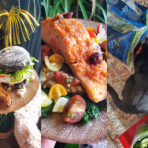




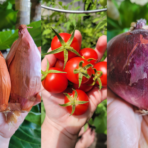

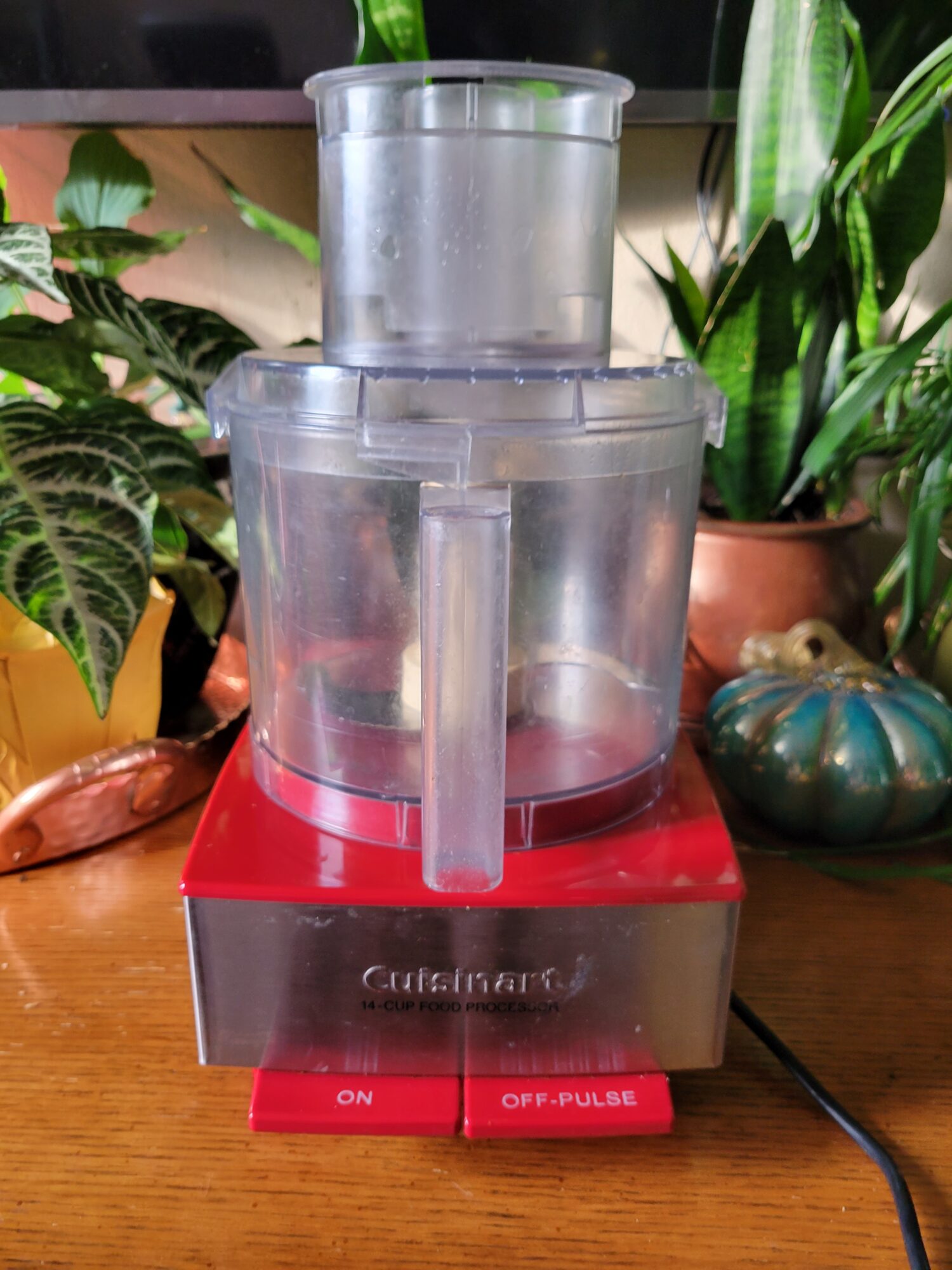
Leave a Reply